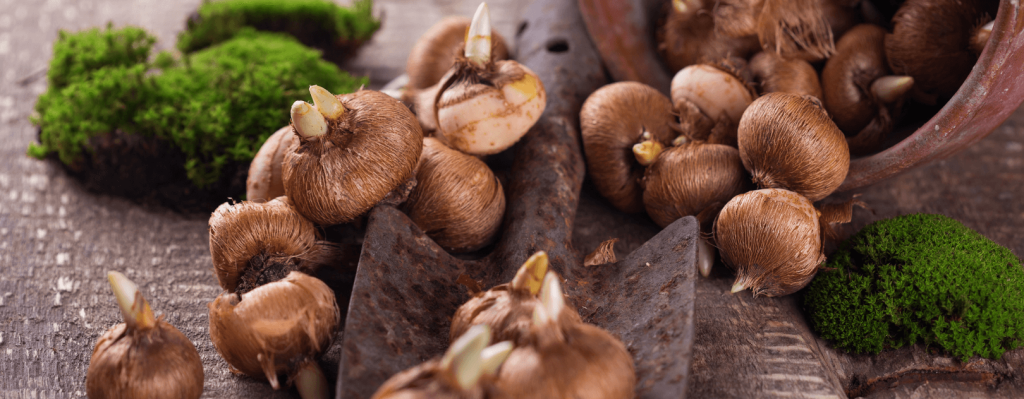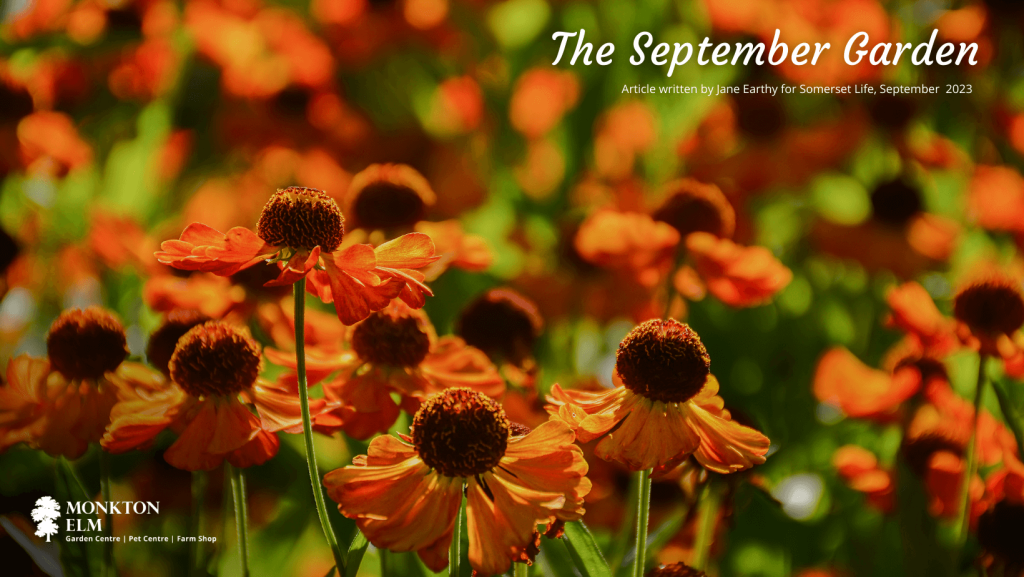The September Garden
September marks the start of autumn in the garden and after the lazy summer days of August, there’s plenty to do – the warmish days can end suddenly so if you have the time, being organised and on top of gardening jobs now means saving time later, and you can relax, smugly, indoors during cold winter months knowing you are ahead of the game.
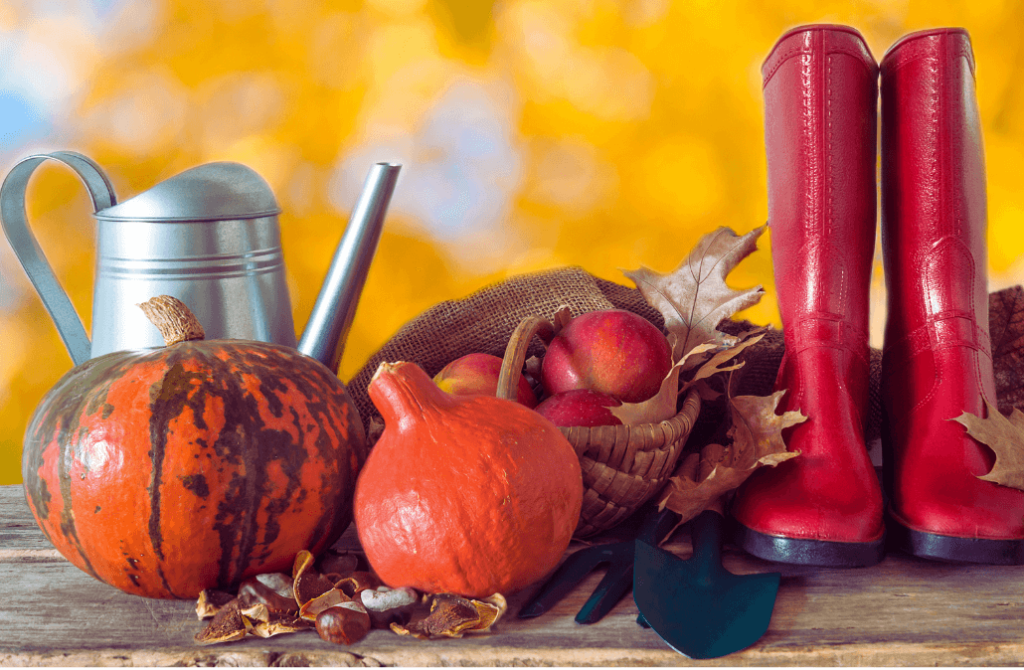
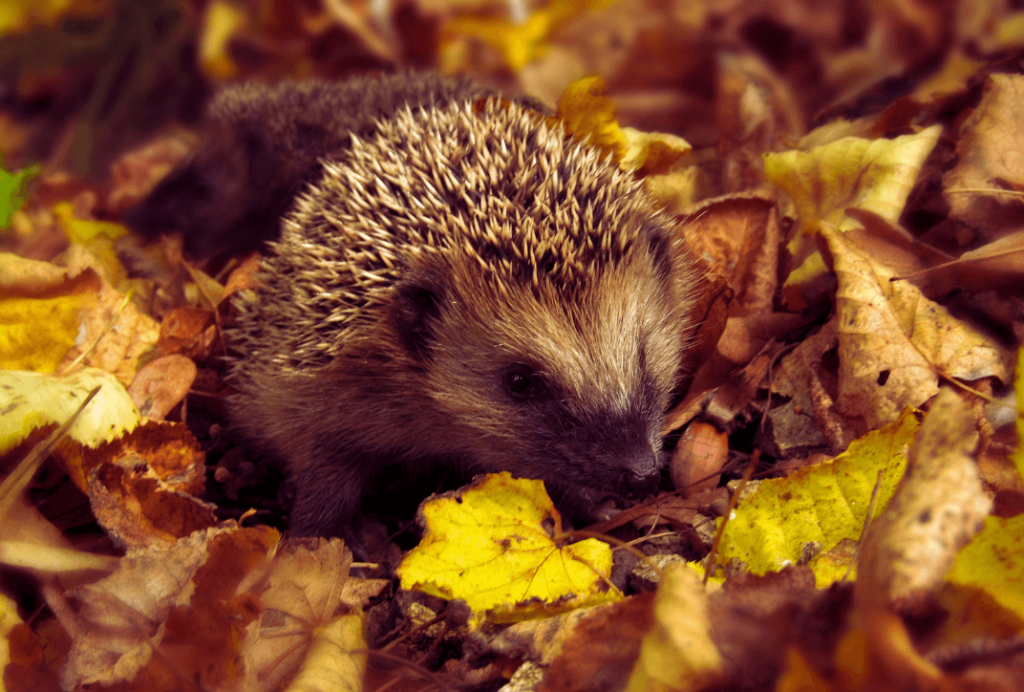
I’m not keen on clearing the garden to within an inch of its life in the autumn. Although aesthetically pleasing there are many species of wildlife that rely on berries and seeds and the cover of old leaves and stems for survival over winter.
But tidying plants that simply collapse such as Hostas and Brunnera will stop them smothering spring flowering plants, whilst others such as Paeonies, Monarda and Phlox are best cut back to the ground to keep fungal disease at bay. I cut back Lavender and Rosemary now. However, the pruning is more of a light trim, as harsh pruning can cause dieback in winter. Maintaining the plant’s shape is what I’m after. Slightly tender perennials such as Penstemons should be left alone as top growth will protect new shoots at the base.
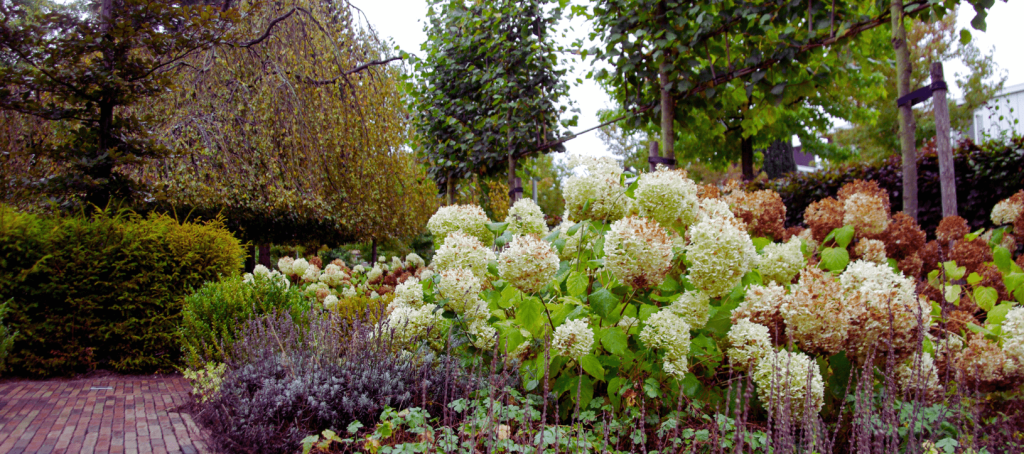
Plants that have a pleasing structure throughout winter are best left for architectural interest. Sedum, Eryngium, and Astilbes, along with many ornamental grasses look incredible when dusted with frost, especially on a bright day, or against a backdrop of evergreens such as yew and box.
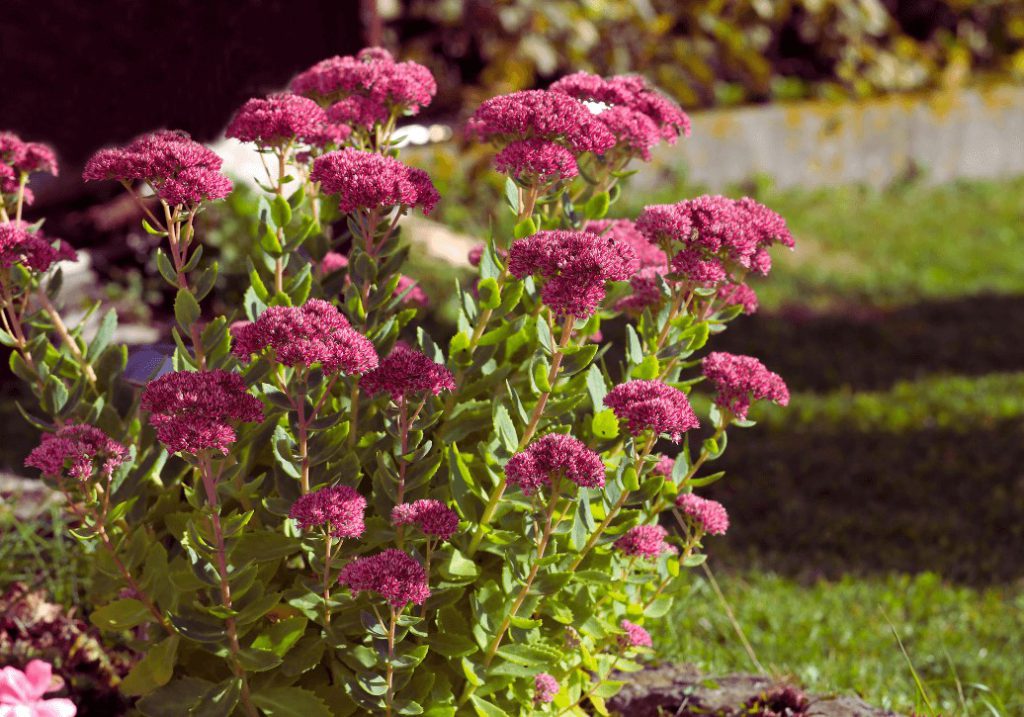
Autumn is nature’s planting time. From late September through October, the soil is still warm and hopefully moist after a few autumn showers. This provides ideal growing conditions for new plants to get their roots into the ground before freezing temperatures arrive. To get the plants established quickly, improve the planting hole by adding plenty of compost or well-rotted manure, along with some bonemeal, which aids root growth. This preparation is crucial; trees and shrubs can be expensive and will be in the ground for years, so it’s well worth investing time in doing it properly.
Planting bare root wallflowers may seem a bit ‘old hat’ – but I love them for their bright cheerful colours and incredibly heady, sweet scent, evocative of honey, and value for money. Planting now gives them time to settle and become large bushy plants by spring. Try planting in drifts in sun for the full wallflower experience, perhaps with some spring bulbs planted in between.
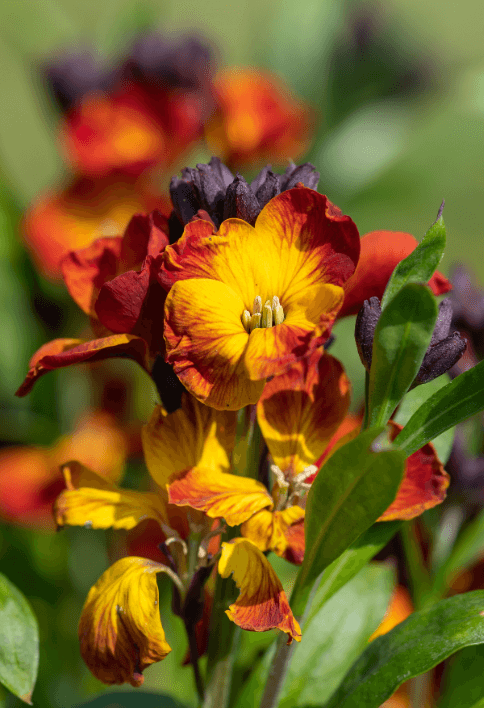
Of course, there are still plants that look their best at this time of year; Dahlias are at their best, along with Sedum, Nerine (Guernsey Lily), Liriope (Lily Turf) and Rudbeckia, so have a rest occasionally from all your hard work to enjoy the last hurrah!

Jobs in the garden for September
• Close greenhouse vents and doors at night to keep any residual heat in and remove any shading.
• Harvest crops regularly. Excess crops can be frozen, or in the case of tomatoes, made into delicious passata and pasta sauce.
• Plant spring flowering bulbs such as daffodils, crocus and hyacinth. Buy tulips now to get the best choice, but delay planting until November.
• Net ponds now – decaying leaves in ponds can upset the natural balance.
• Divide herbaceous perennials – keep only the youngest parts and improve the soil before replanting.
• Pot up strawberry runners for new plants next year.
• Dig maincrop potatoes in dry weather, leaving the tubers on the soil surface for several hours. Then store in paper or hessian sacks somewhere cool and dark.
• Feed lawns with an autumn feed. New lawns can be seeded or turfed now too.
• Install water butts on downpipes on sheds and greenhouses.
